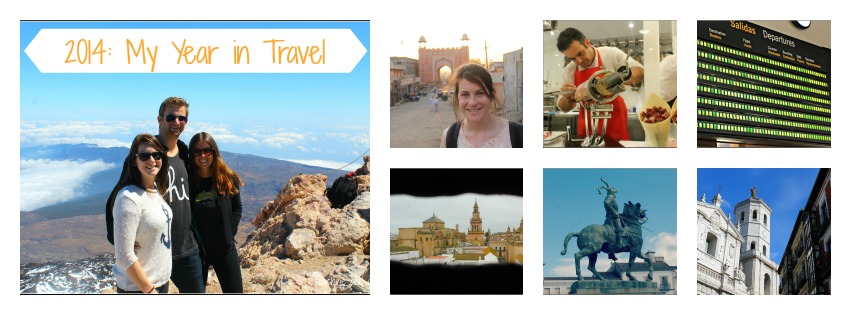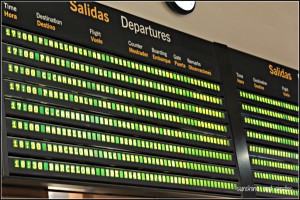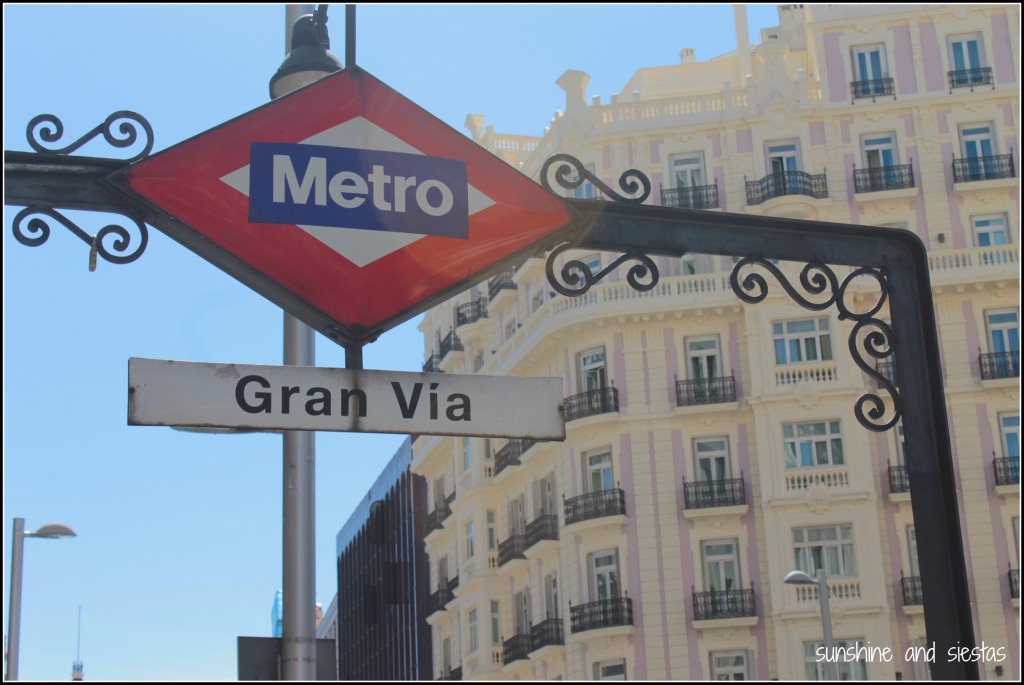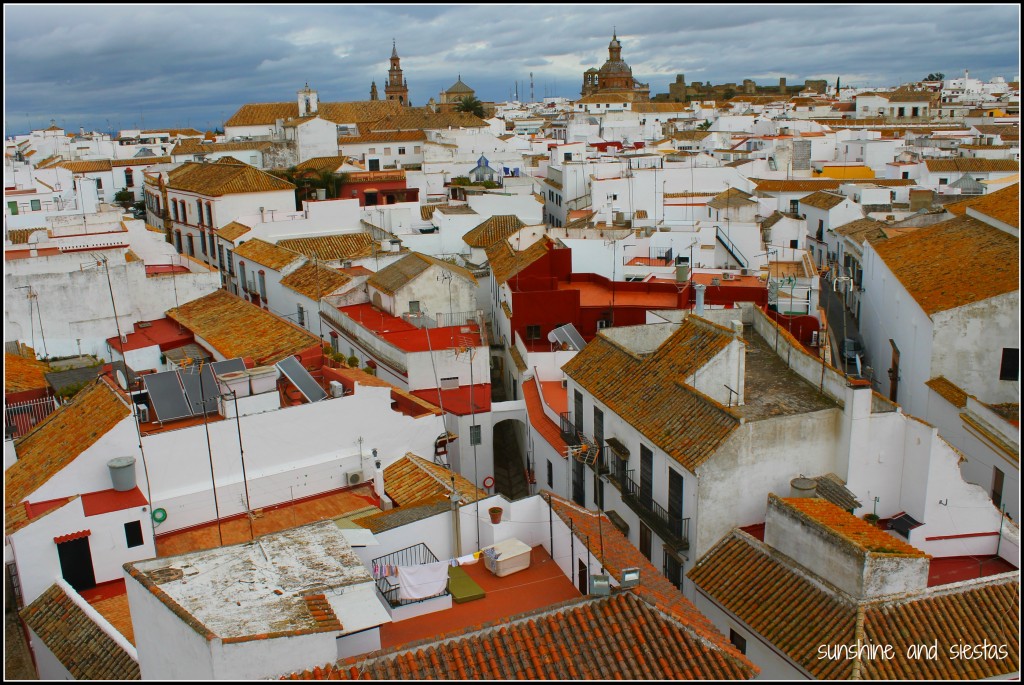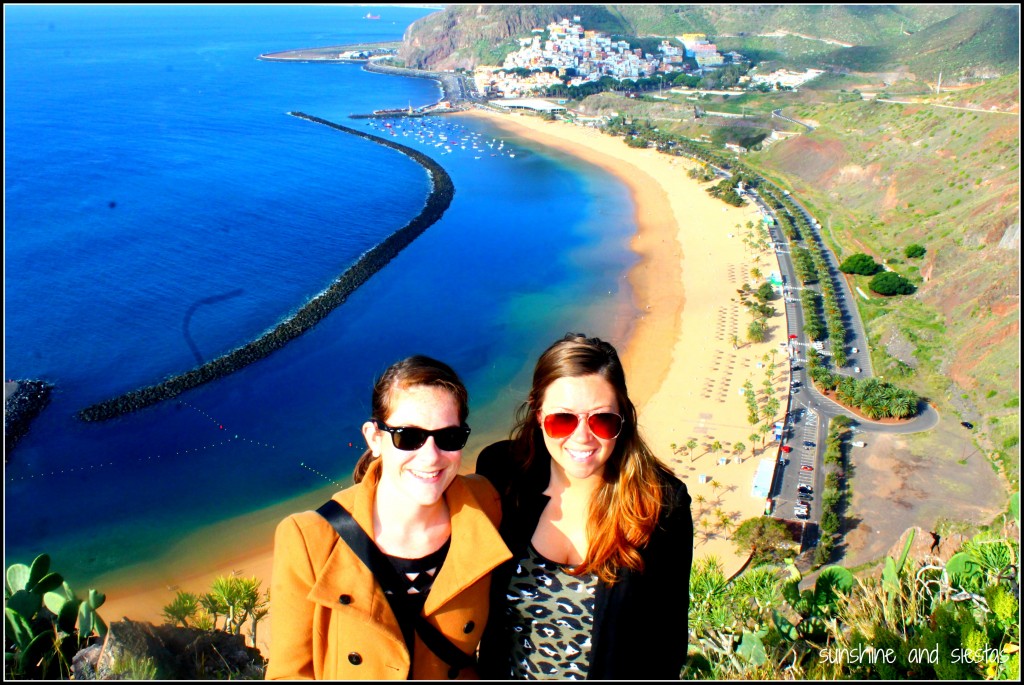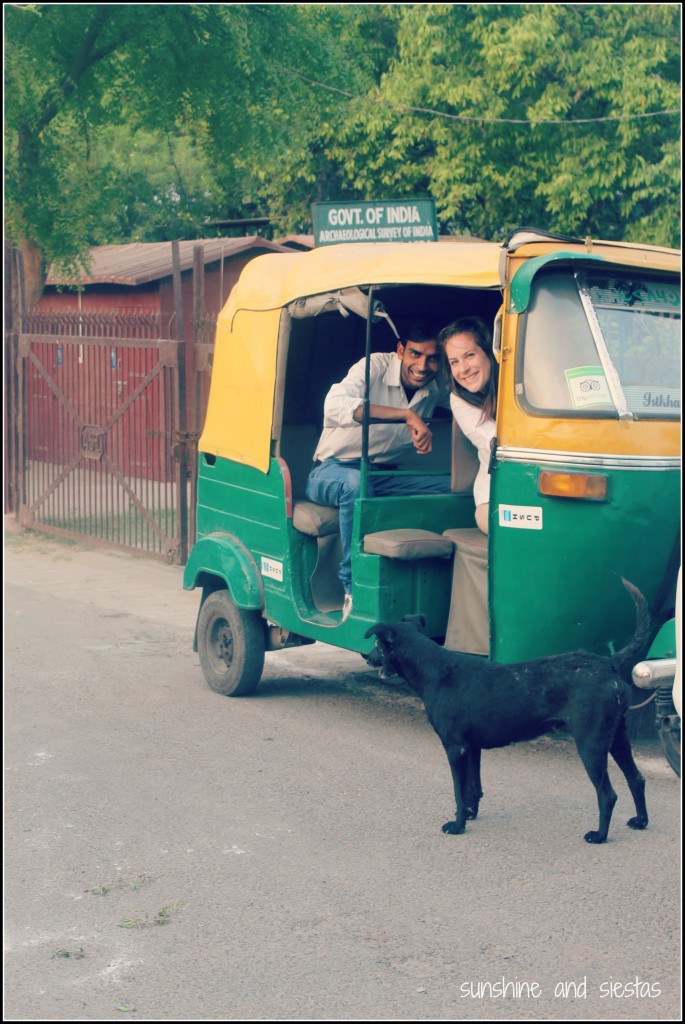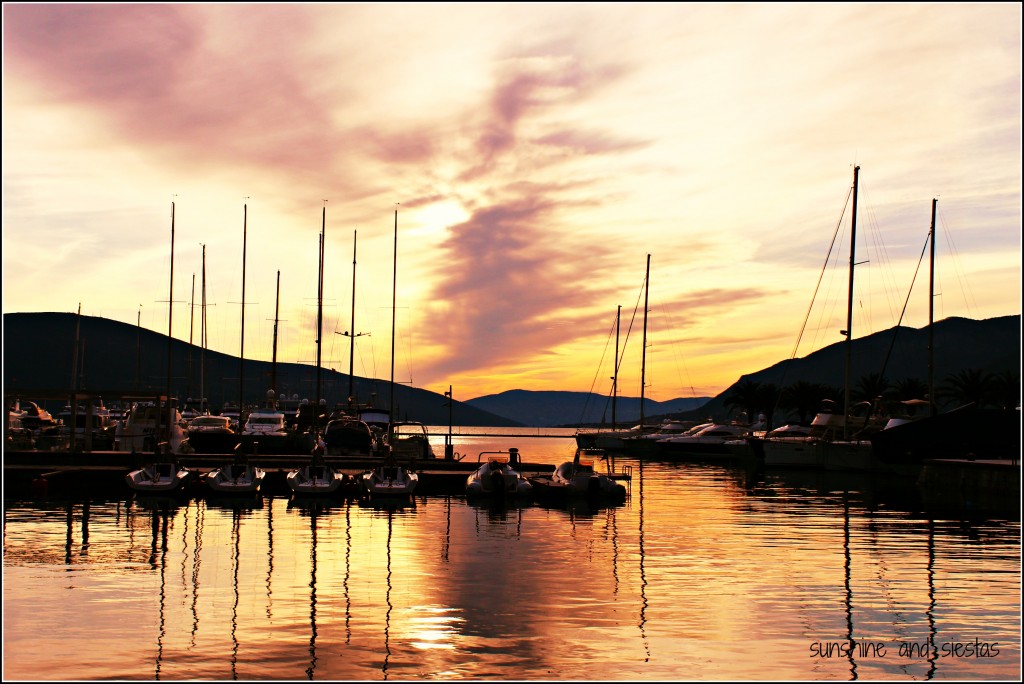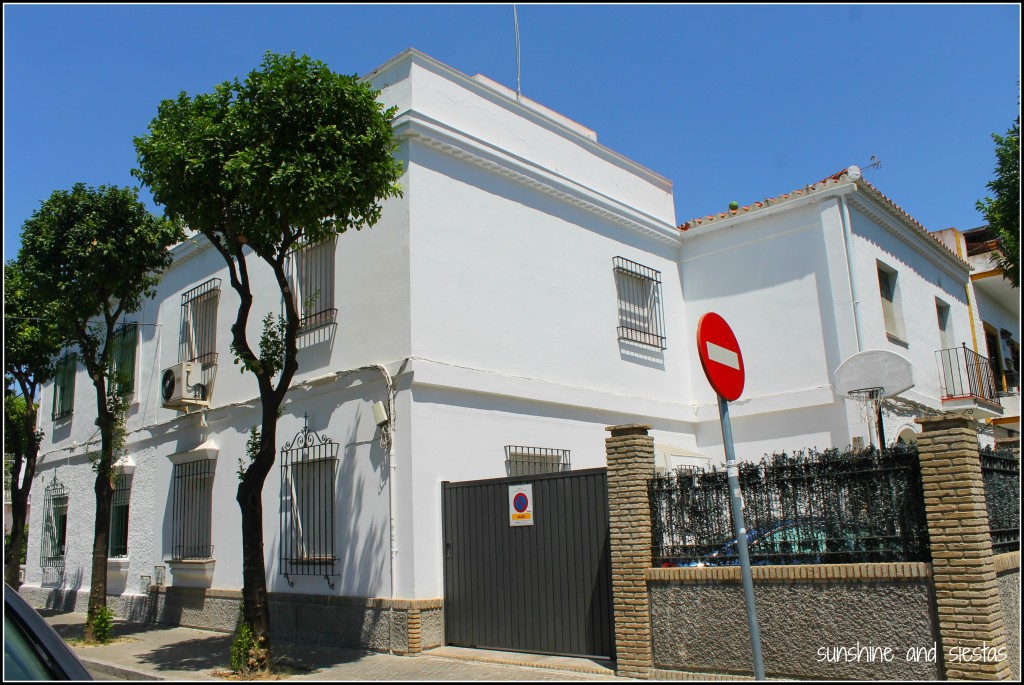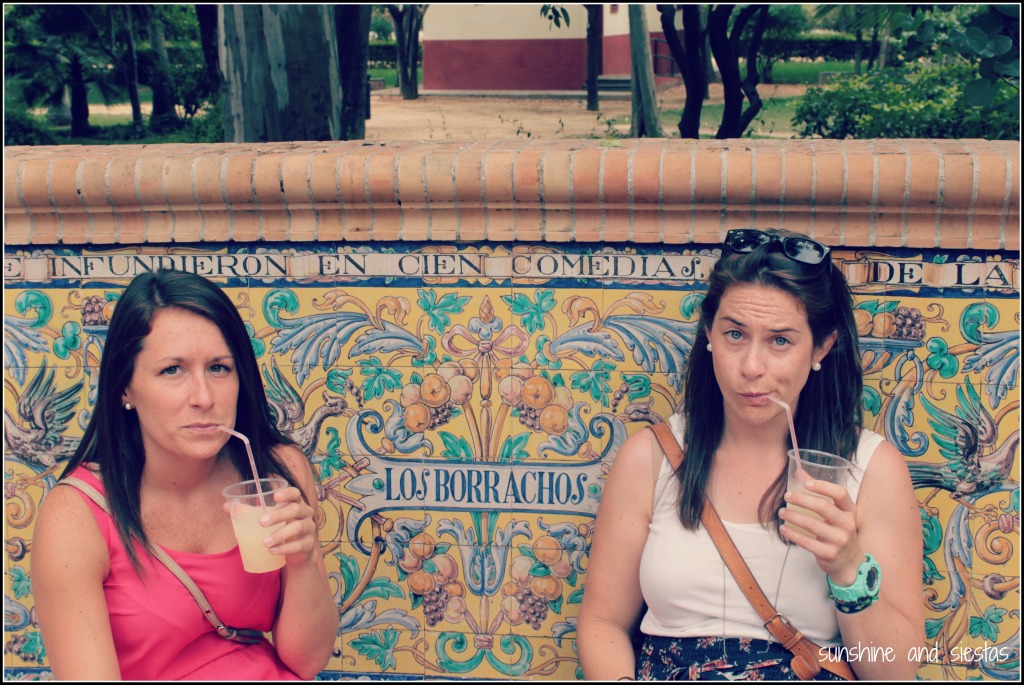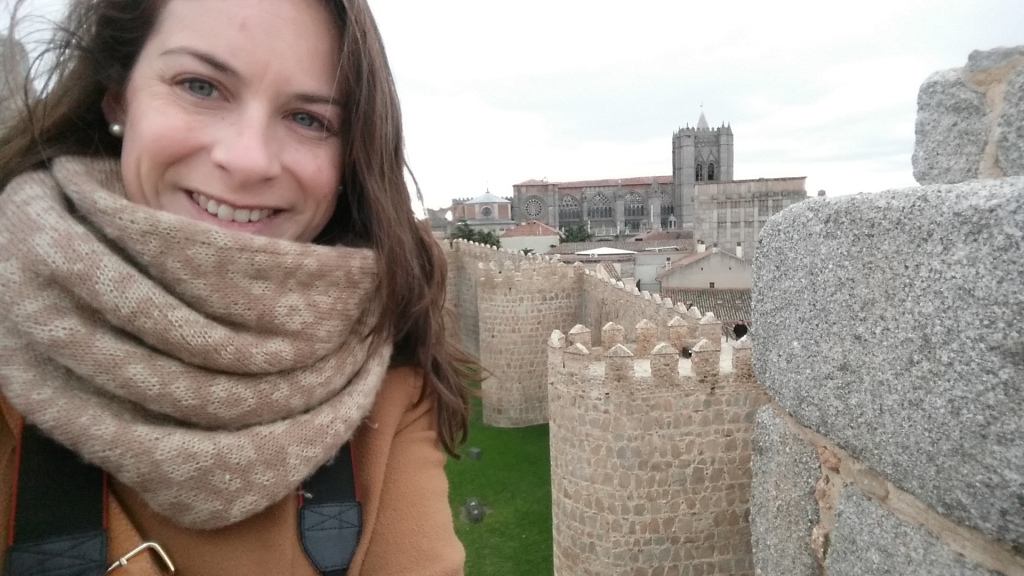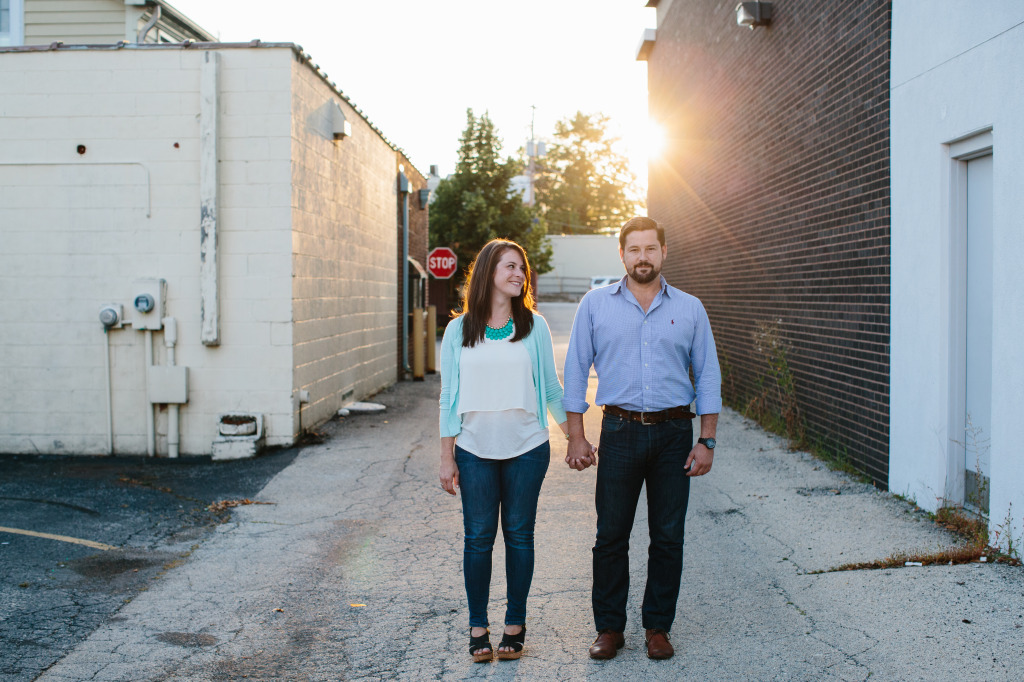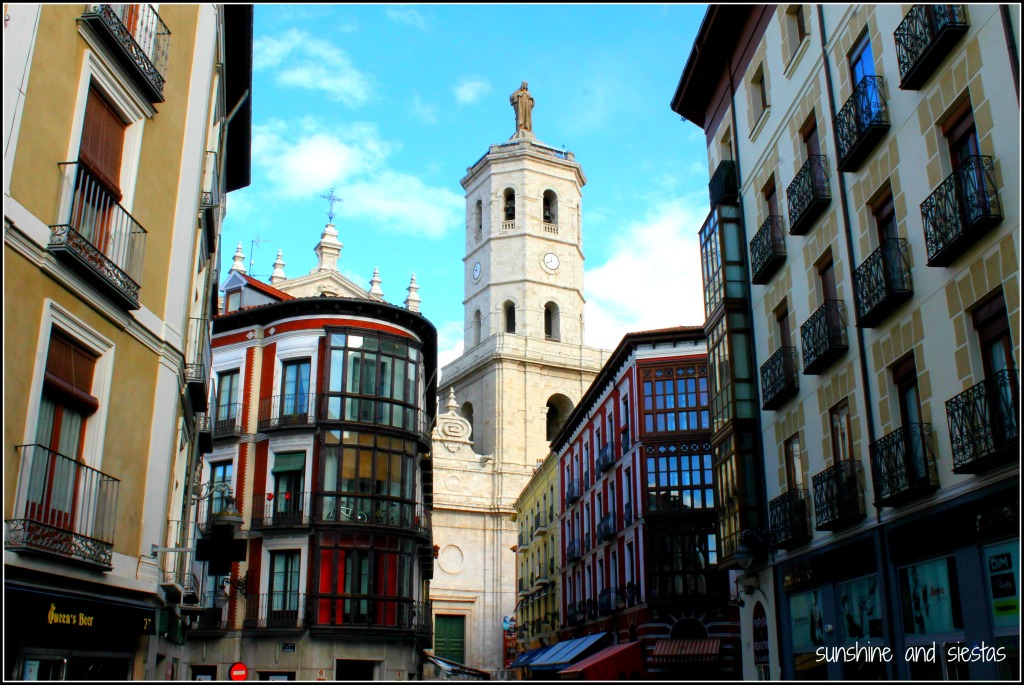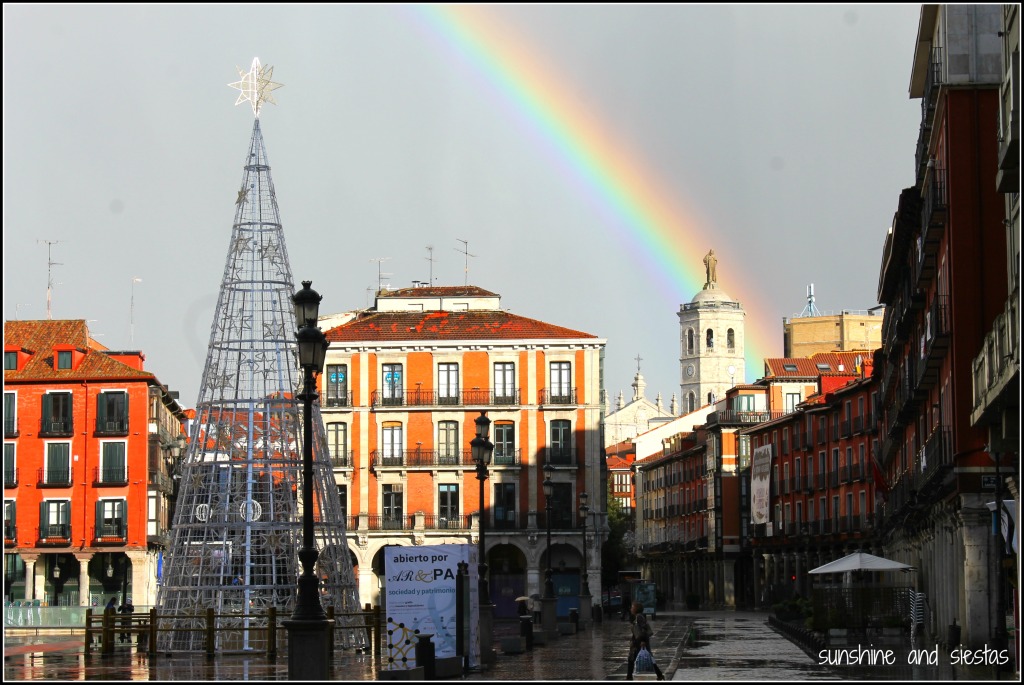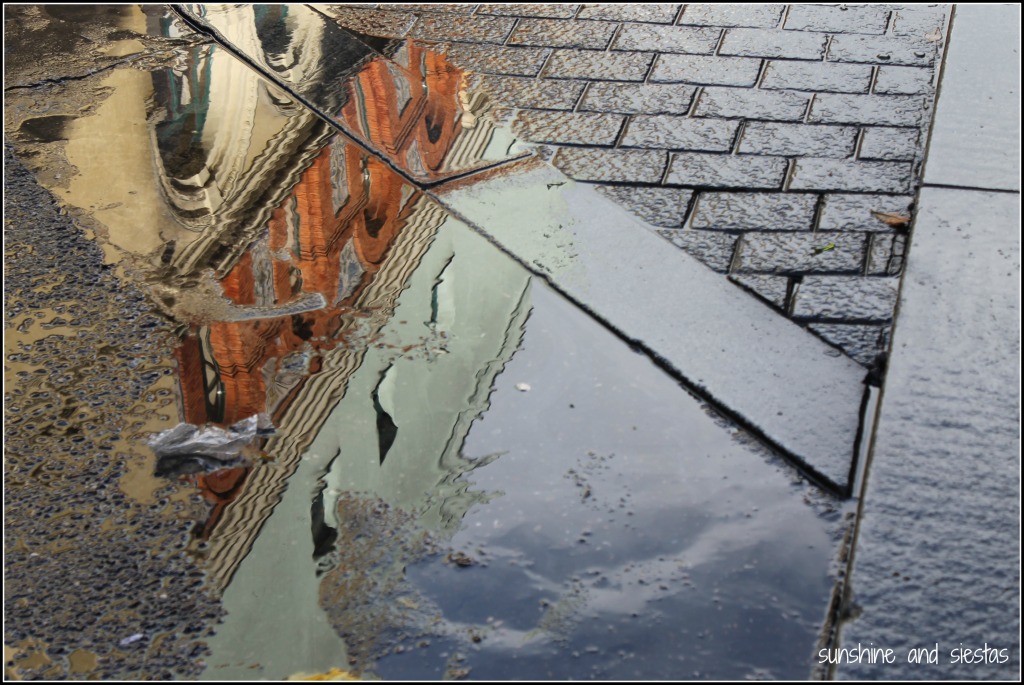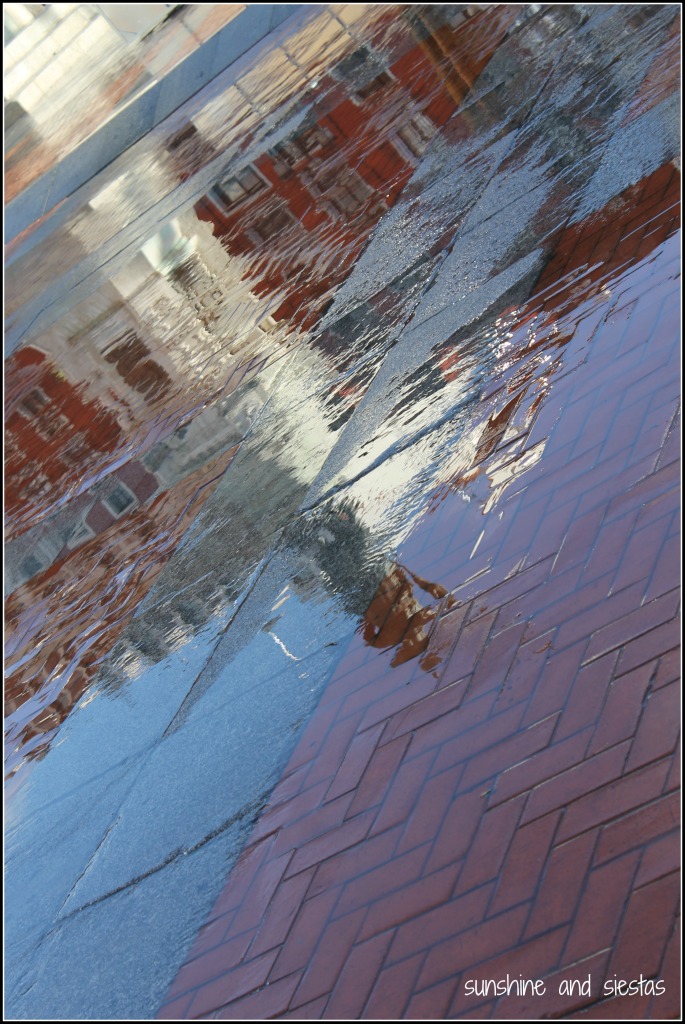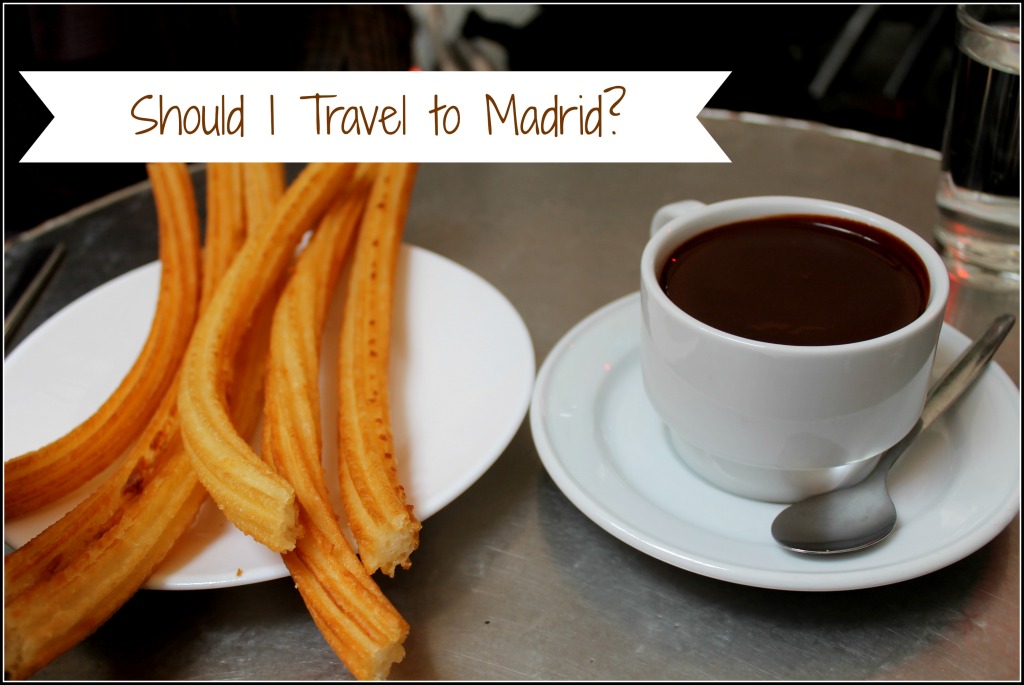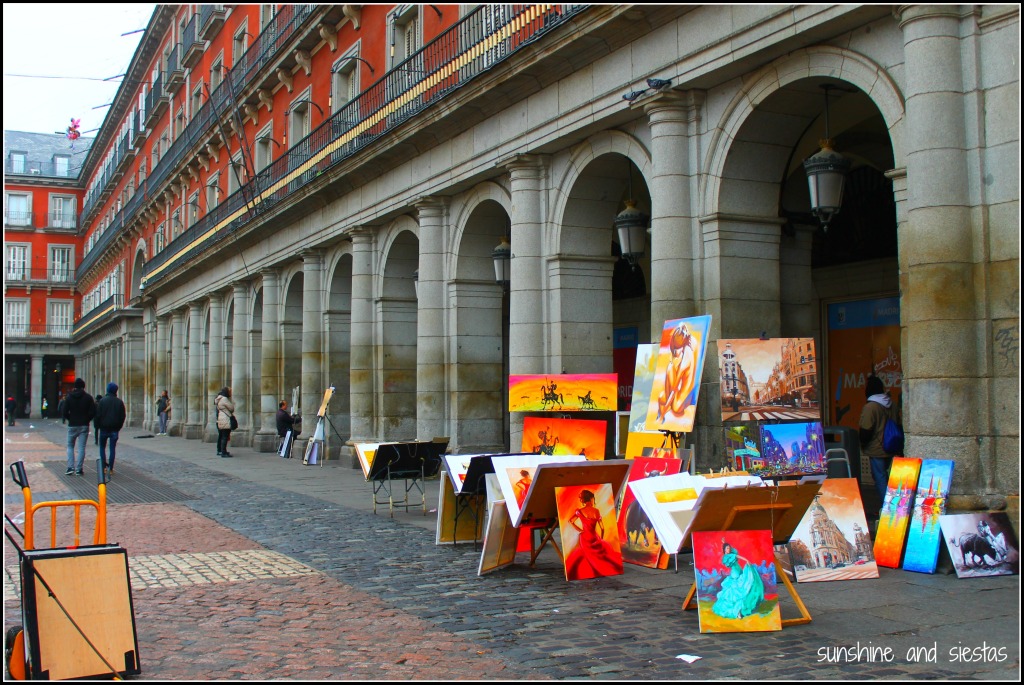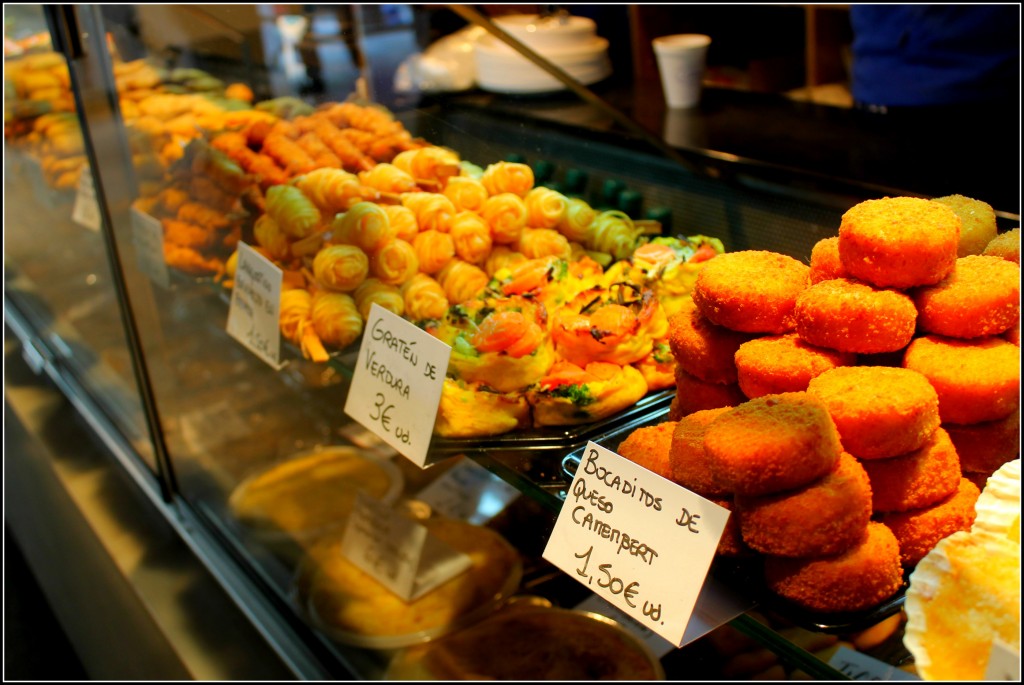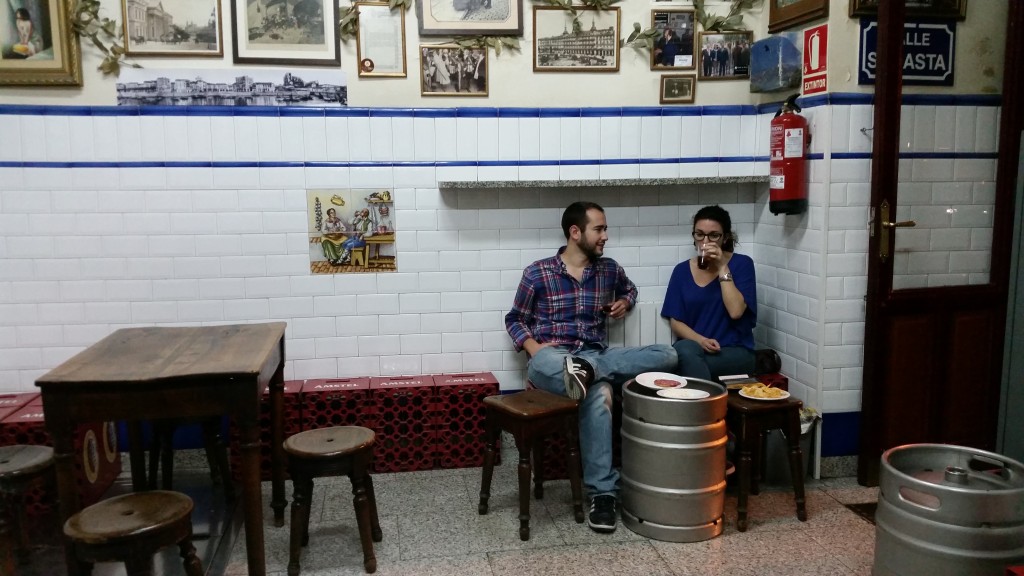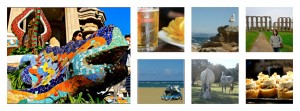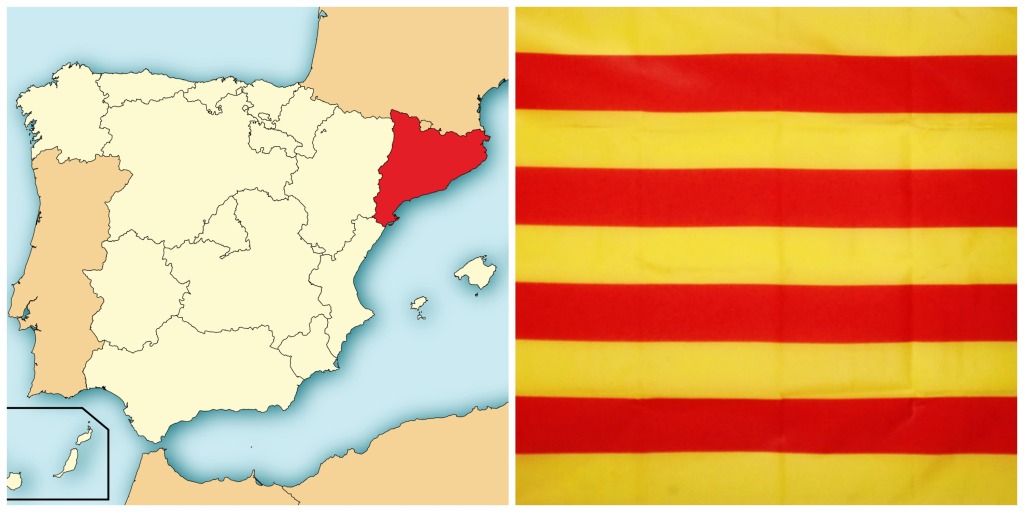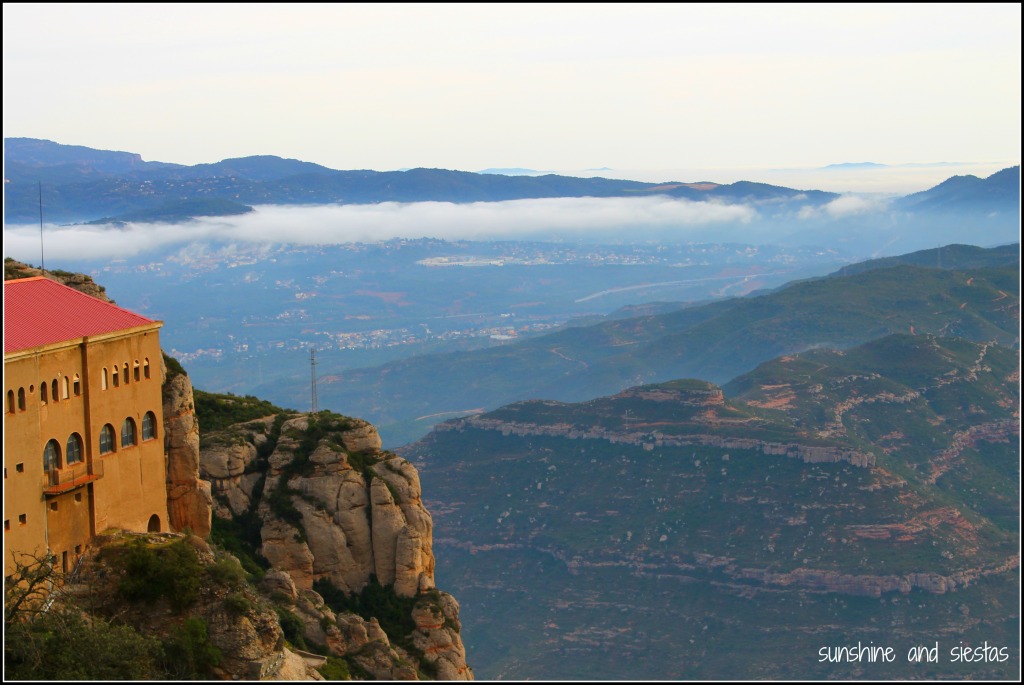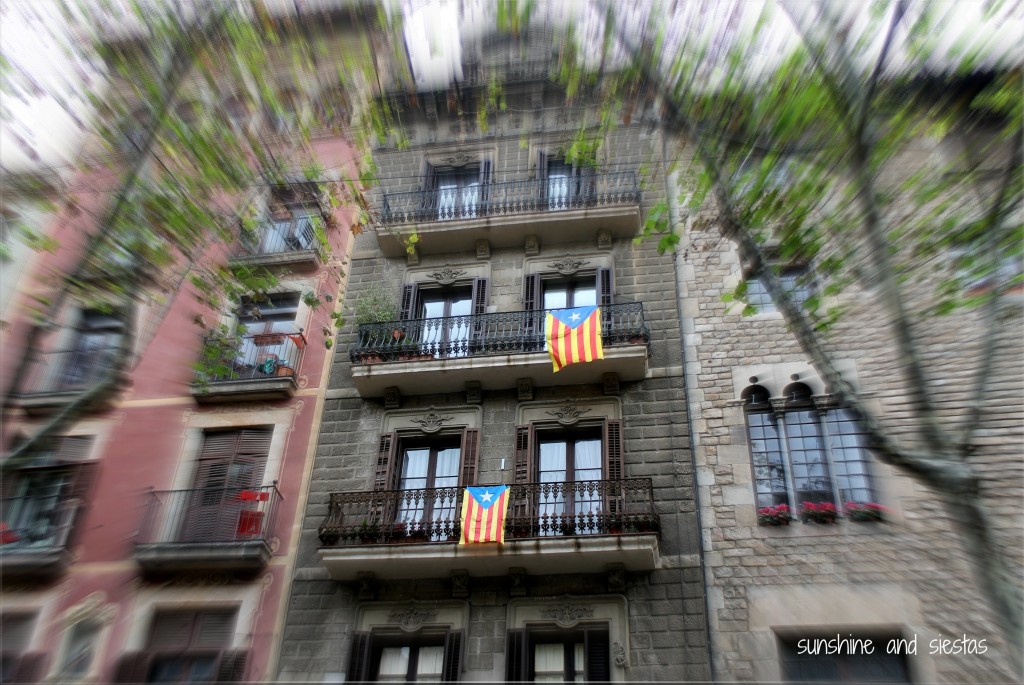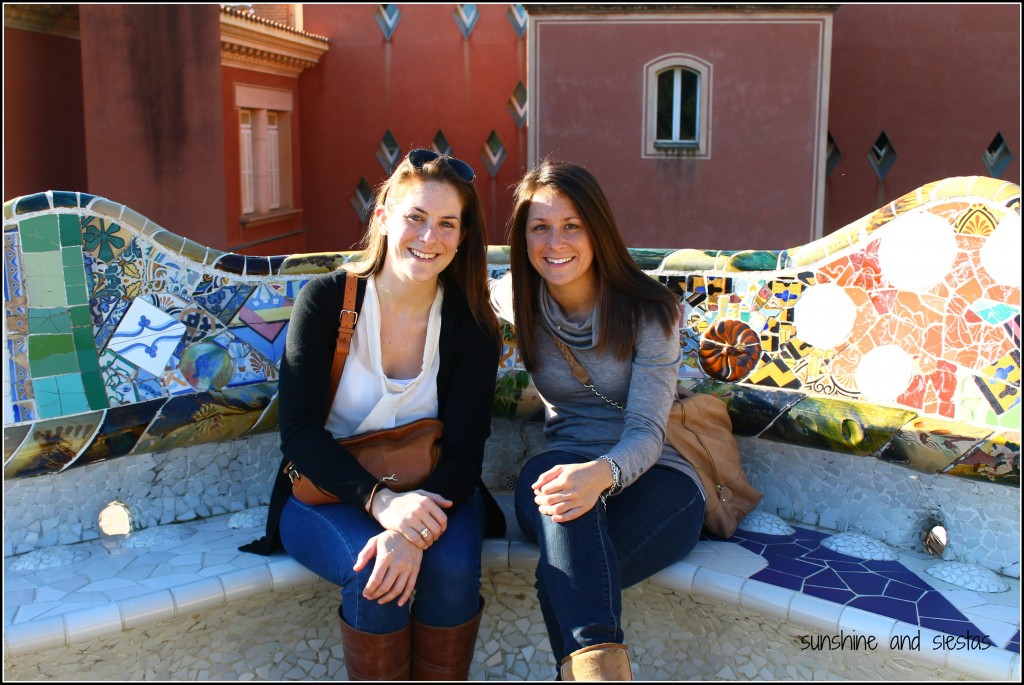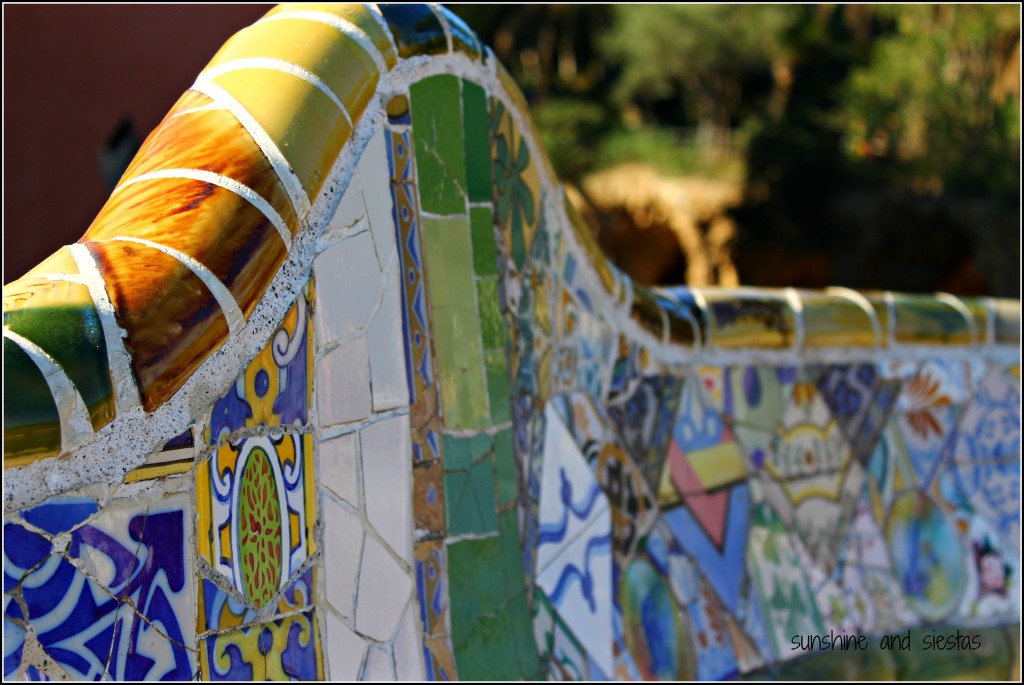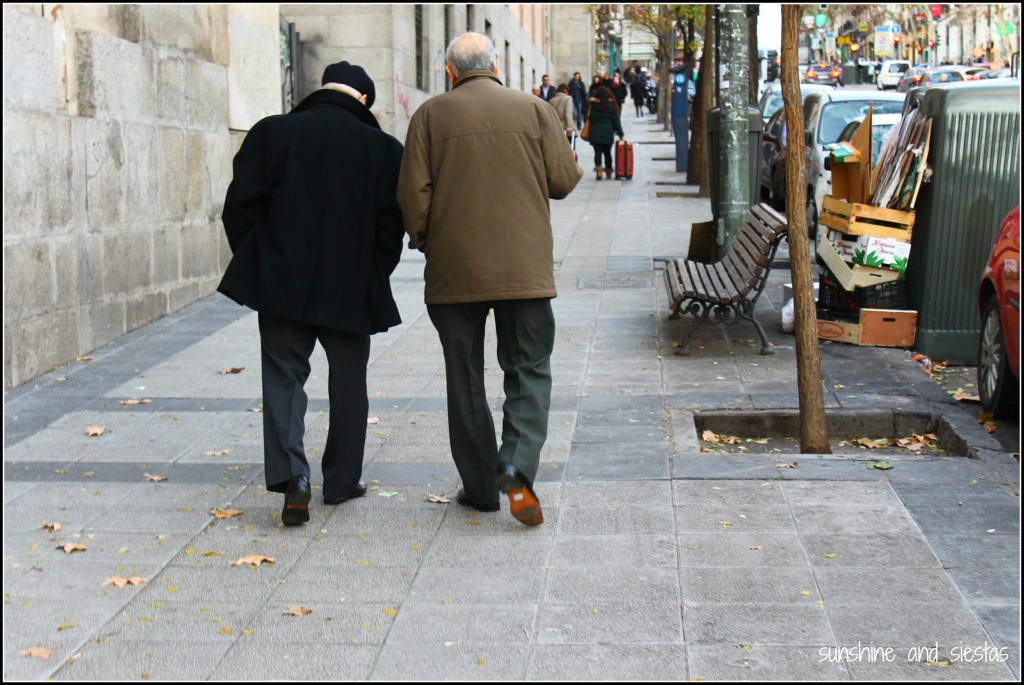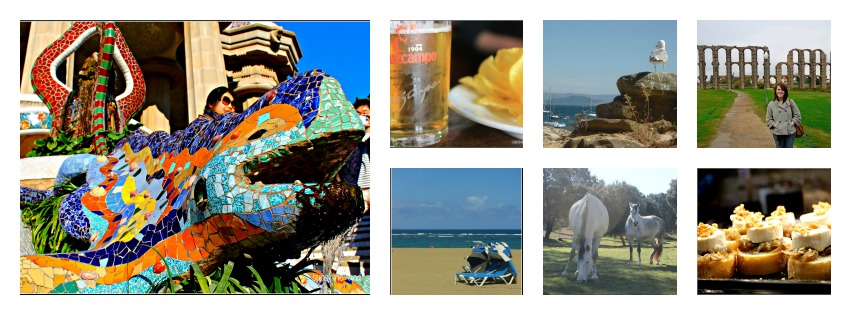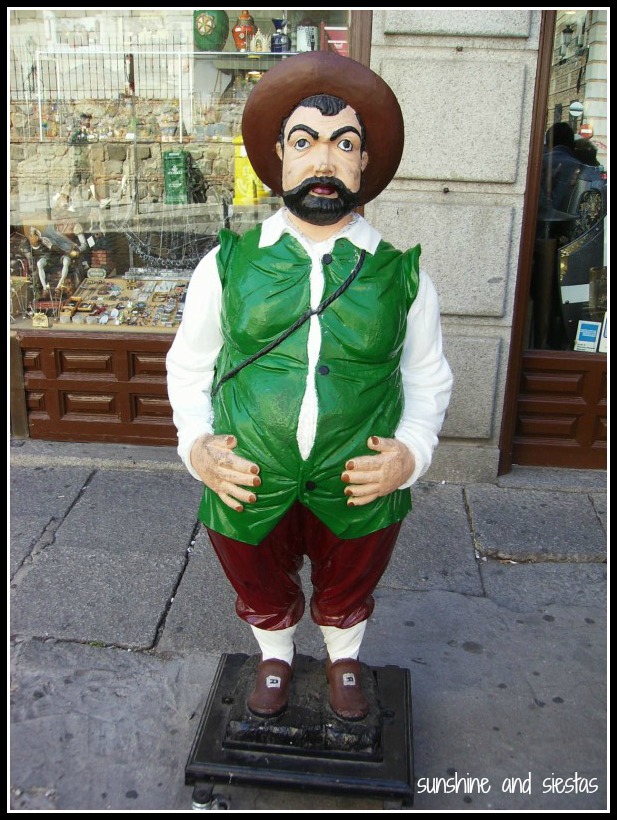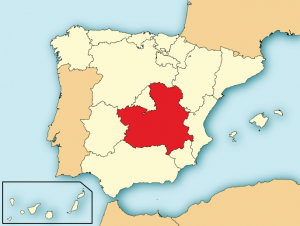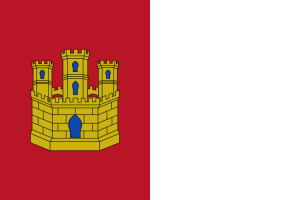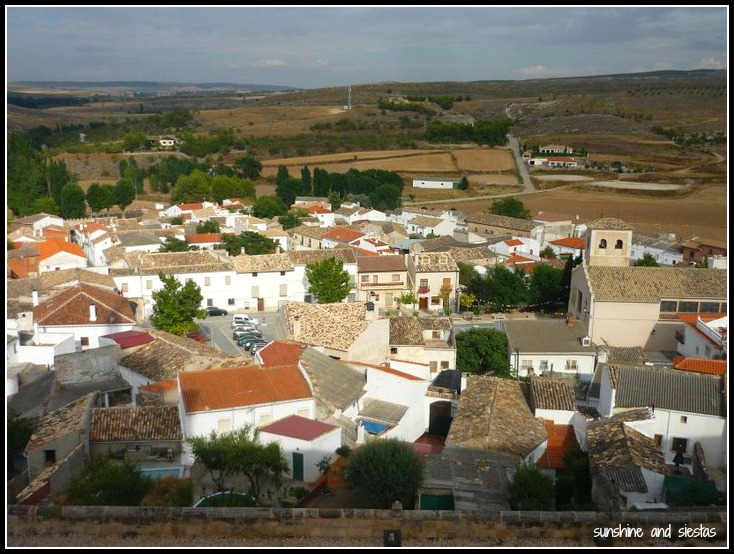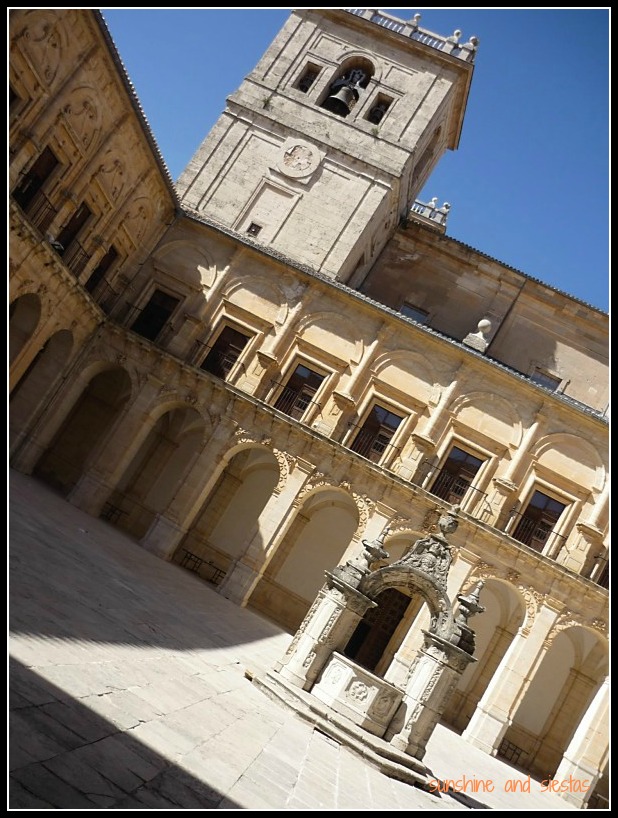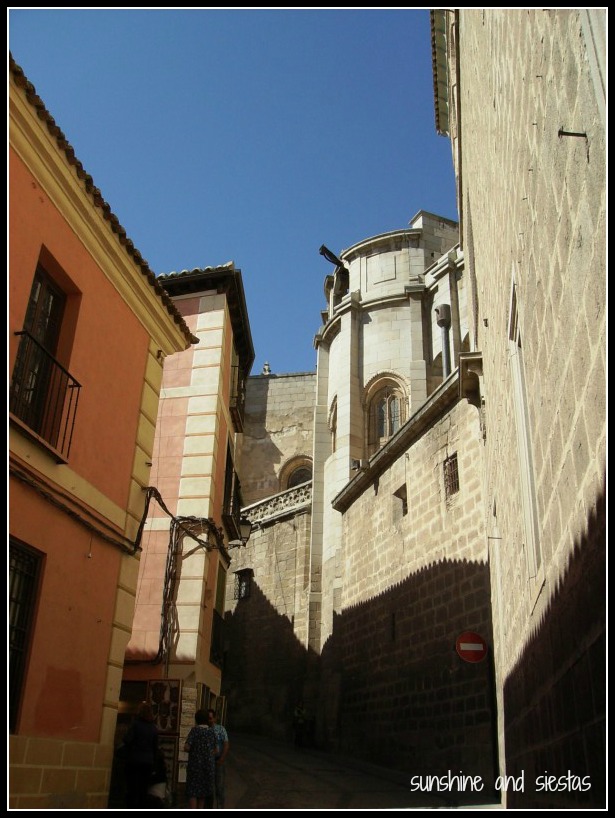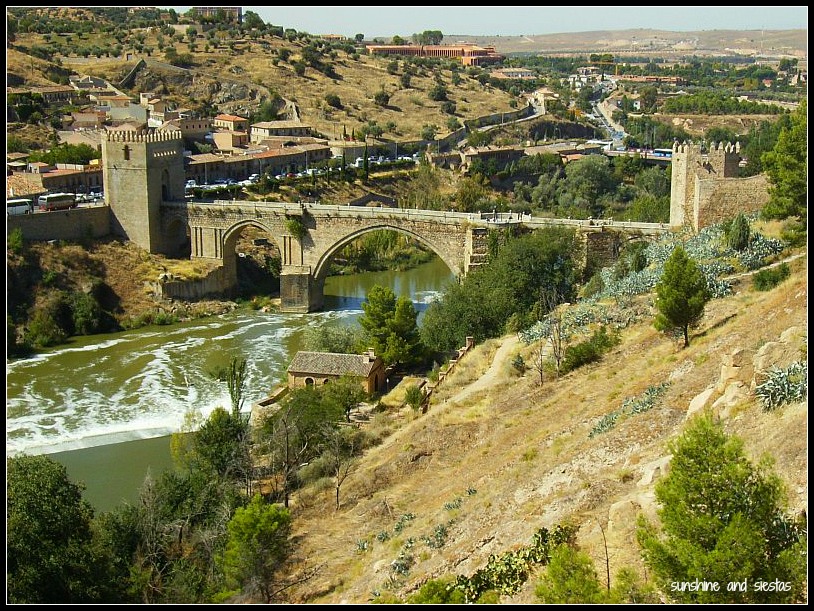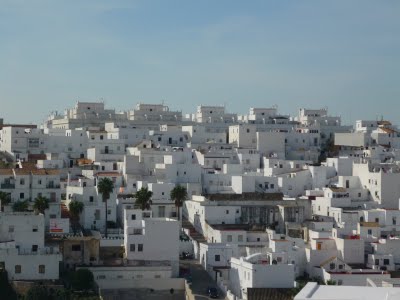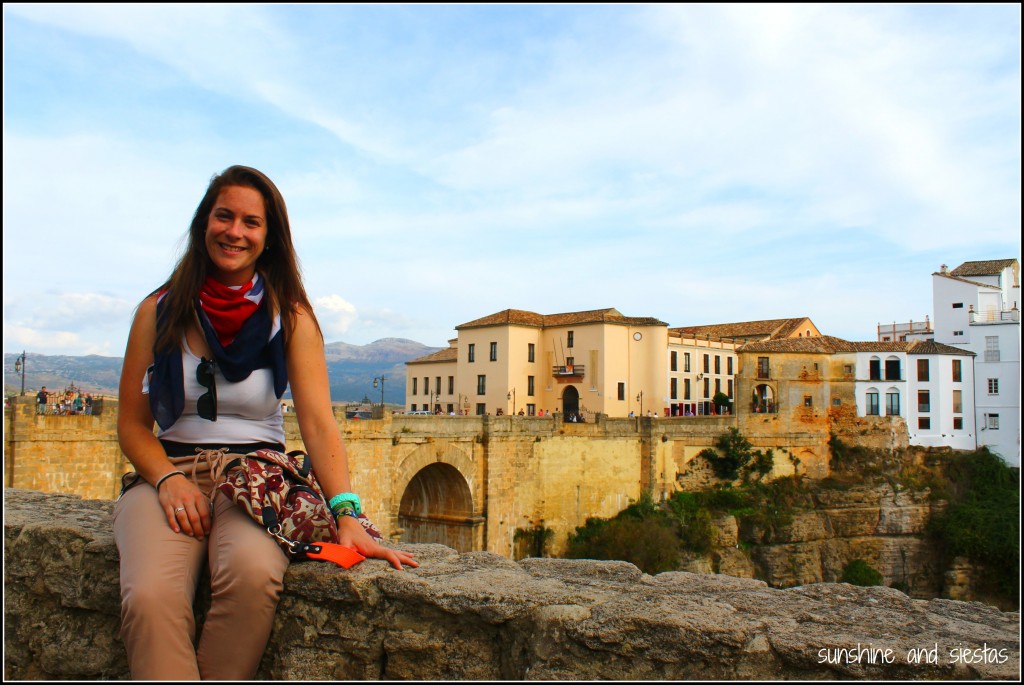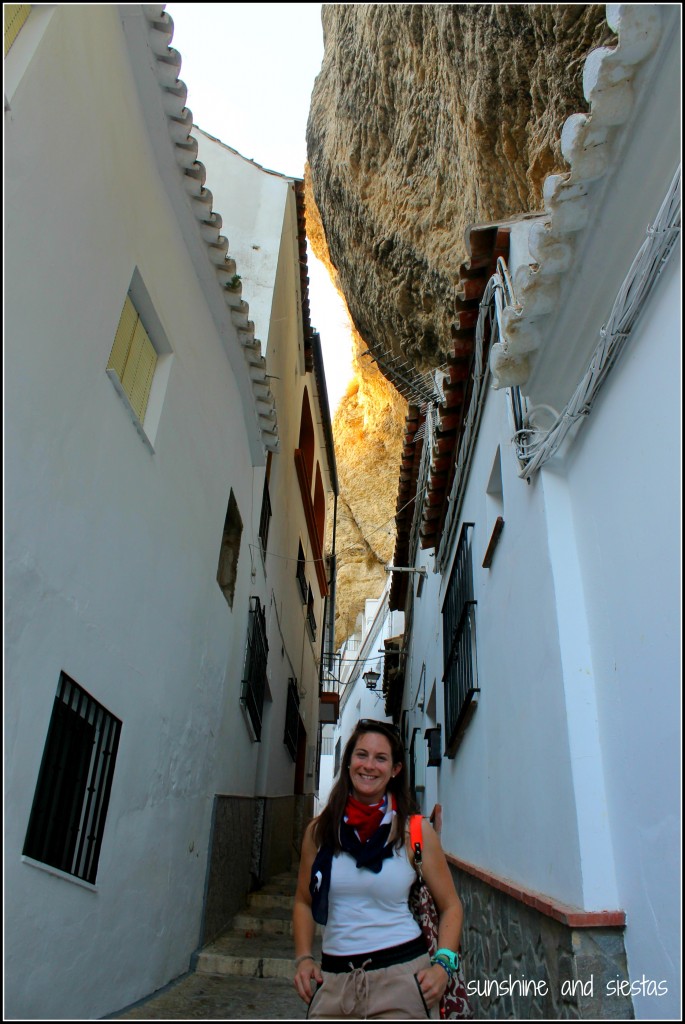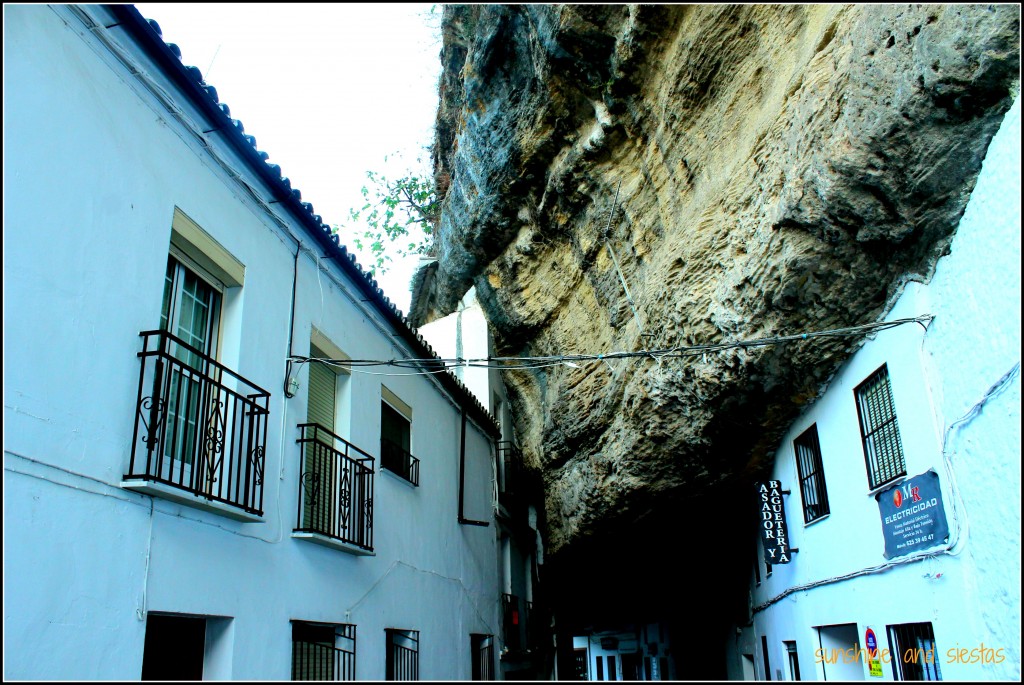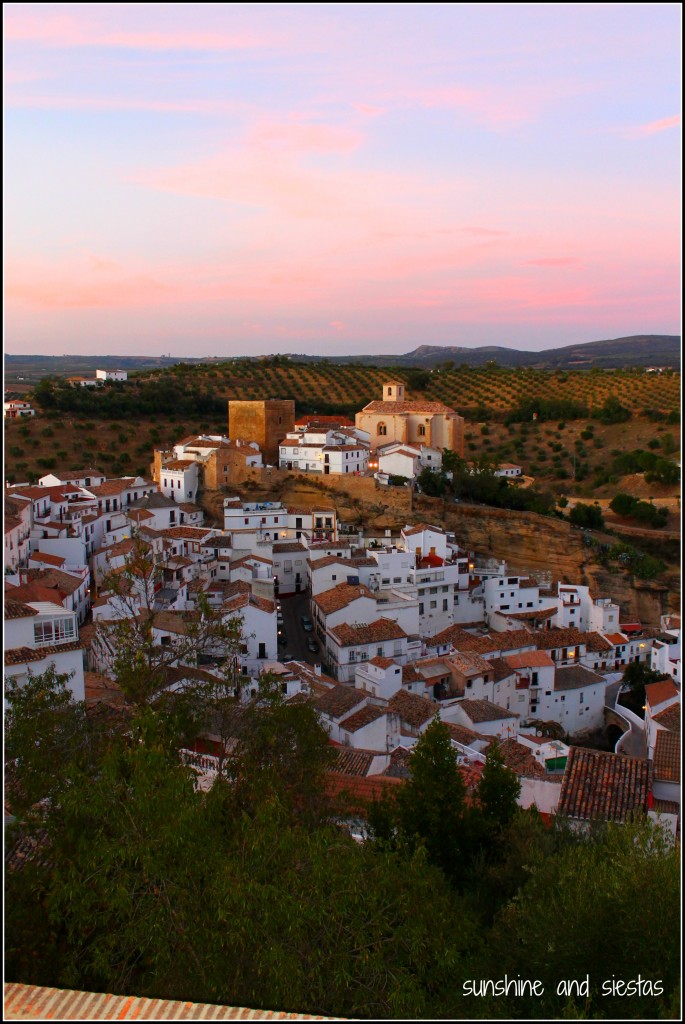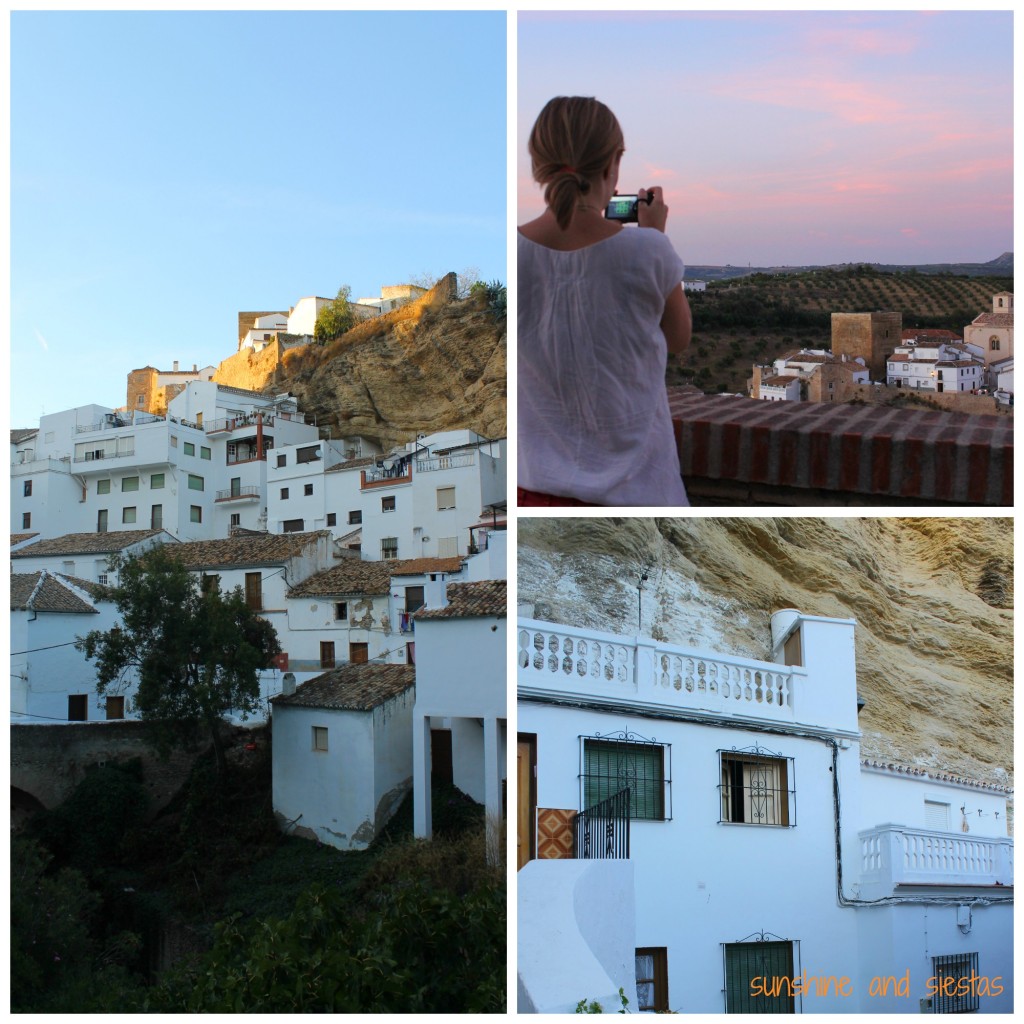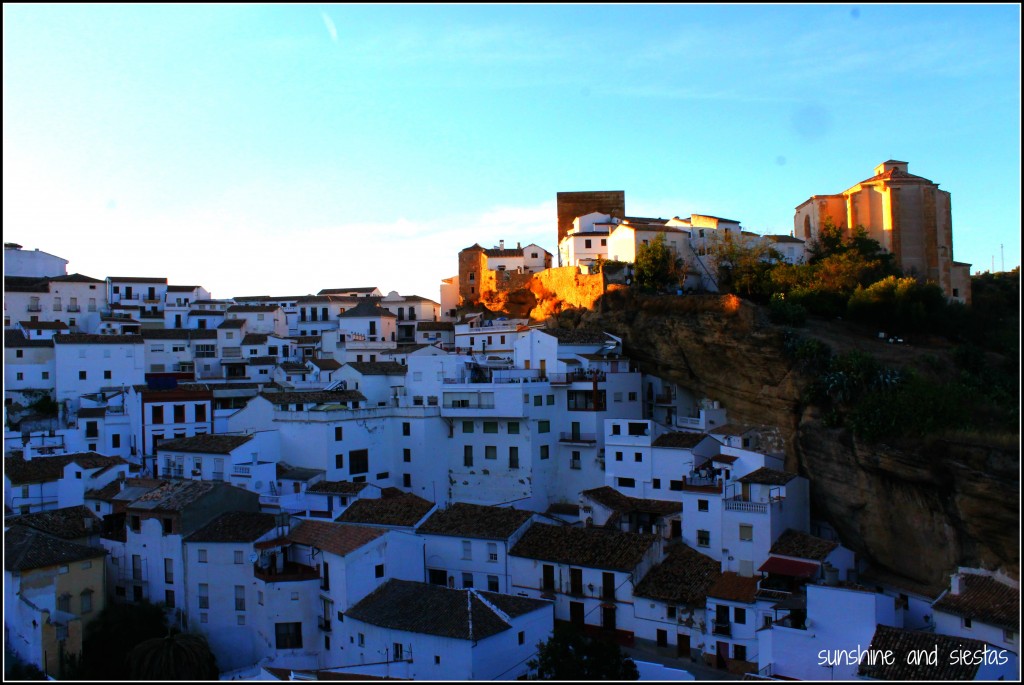2014 will be a year that marked just as many beginnings as it did ends. It’s a year that I can’t decide whether or not it goes in the win tally or not, as I just crossed one destination off of my Spain wish list, and a major purchase left me in financial shambles. After a successful 2013, both professionally and in travel, 2014 passed quickly with several small trips in Spain, a life-changing sojourn in India and several personal victories.
But, ugh, my passport isn’t getting enough exercise lately, thanks to the end of financial whimsy and the beginning of a shared future.
January
My year in travel started with a huge face palm: After a nine-day Danube cruse with my parents – and stopping in Slovakia, my 31st country – I was looking forward to ringing in 2014 with the Novio and his family in Madrid. Instead, my plane was rerouted to Cluj-Napoca, Romania.
Instead of eating my twelve grapes, I spent hours trying to find a way back to Spain, finally paying a local to drive me over the Romania-Budapest border to catch a plane the next morning. I began 2014 with two freshly minted passport stamps, 300€ less and a story of bad travel luck.
Read More: My Biggest Travel Fiasco
February
Being a short month, I only escaped to Madrid one rainy weekend for a baby shower. I have a deep-rooted love for the Spanish capital, so roaming a new neighborhood while snacking on tortilla is always a good way to spend a weekend.
Plus, there is thai food in Madrid.
Read More: Rainy Days in Madrid
March
By far the busiest travel month of the year, I spent nearly every weekend away from Seville.
I took my friend Phyllis to nearby Carmona, with its beautifully preserved Roman ruins and towering churches, for a day. Carmona makes a perfect little day trip from the capital because of its proximity and the fact that it’s so darn picturesque. We pounded the pavement and visited several small chapels before tucking into local sweets.
The following weekend, I took advantage of a free Vueling flight to visit my friend Julie on Tenerife. Though the island is a haven for sun-seeing Northern Europeans, Julie and her boyfriend have made the less-touristy north their home. They took me all-around the island, from hiking the Teide volcano to eating at local wineries, called guachinches.
And finally, a week later, I cashed in on a contest win in Trujillo, medieval city in Extremadura hat is considered to be the cradle of conquistadors. Using the luxurious Trujillo Villas as our home base, we explored the Yuste and Guadalupe Monasteries, along with the hidden gem of Garganta la Olla.
Read more: Carmona, the perfect day trip from Seville | A Tenerife Road Trip | Trujillo Villas
April
My ten days off for Holy Week is always a welcome respite from work, but especially because it gives me a great window of time to explore Europe. While our plan was to enjoy a Berlin springtime and perhaps jet to Poland for a few days, an internet search yielded reasonable plane tickets a little further afield – Hayley and I headed to India.
It took us well over a day to get there – five hours overnight to Madrid, two flights, a bus transfer and another flight up to Delhi – but it was worth it once we’d gotten our sea legs (only to be replaced by Delhi Belly..ugh). We spent eight days between bustling Delhi, smelly and cramped Agra, soulful Jaipur and muggy Mumbai.
In short, I loved it, and can’t way to go back.
I have so many more stories to tell of India – it’s been on my heart and mind since our business class ride back to Europe.
Read more about India: The Dream of India | Learning by Watching and Doing | Should I Ride an Elephant in India? | The Colors of India
May
While my cousin was visiting in late May, we received a phone call from my mother, asking us to say goodbye to our beloved, if slightly mischievous, grandfather. Those were hard days, being so far away from home, but a week home to be with my family after his passing helped me out things into perspective in the face of my 29th birthday – and soon afterwards, wedding planning began.
Another end. Another beginning.
Read more: Grieving as an Expat
June
Just after returning from the US, the Novio and I signed a mortgage on our new house. This is the ultimate end (of my freedom to travel, to buy clothes and to eat out all the time) and the beginning of a new stage of my life.
July
July was a weird month – moving into a cavern of a house, having my bank account frozen for 13 days (if that isn’t a sign, I don’t know what is) and having my sister and her now fiancé visit us. We spent a few days around Seville, mostly eating and drinking and eating more.
And for the first time in five years, I didn’t head to Galicia for summer camp. Instead, I co-wrote an eBook on Moving to Spain and showed the Novio around the Midwest.
Read more: all of my posts on Galicia and La Coruña | Culture Shock in My Own Country
August – December
When I checked into the Madrid-Barajas airport before Christmas, the warning said it all – It’s been four months since you’ve checked in at an airport. A sad reality when you’re a homeowner struggling to budget after four years of rent-free living.
I have escaped back to Madrid for another soggy weekend, spent some time in Valladolid visiting my host family, and have managed a few small day trips to places like Ronda and Setenil de las Bodegas, El Puerto de Santa María, San Nicolás and Ávila, but my browser history shows no travel sites or booking portals. 2015 has me dreaming of a honeymoon, or at least a trip away somewhere with my husband-to-be.
As I write, I’m sitting in our Condo in Copper Mountain, Colorado. Mountains truly feed my soul, and getting back on the slopes after six years has my legs fried but my heart happy. After spending eight Christmases in five countries and seven cities, I’d say we’re leaving behind our childhood traditions for a new one: TRAVEL.
Looking ahead
photo by Chrystl Roberge PhotographyI don’t have any big things locked in for 2015, but I am looking forward to a new year and what it will bring: turning 30 and marrying the Novio. I’m a follower of the School of Let’s Have an Adventure, so I’m pretty confident that I won’t need an excuse to jump in Pequeño Monty and chase one down.
What was your most memorable travel memory this year, and what’s on your schedule for 2015?
